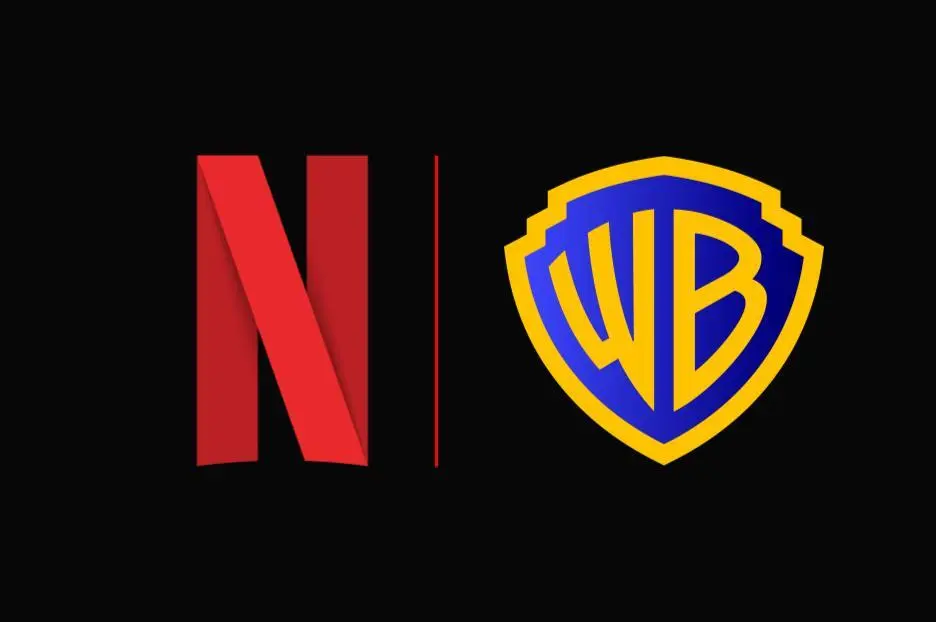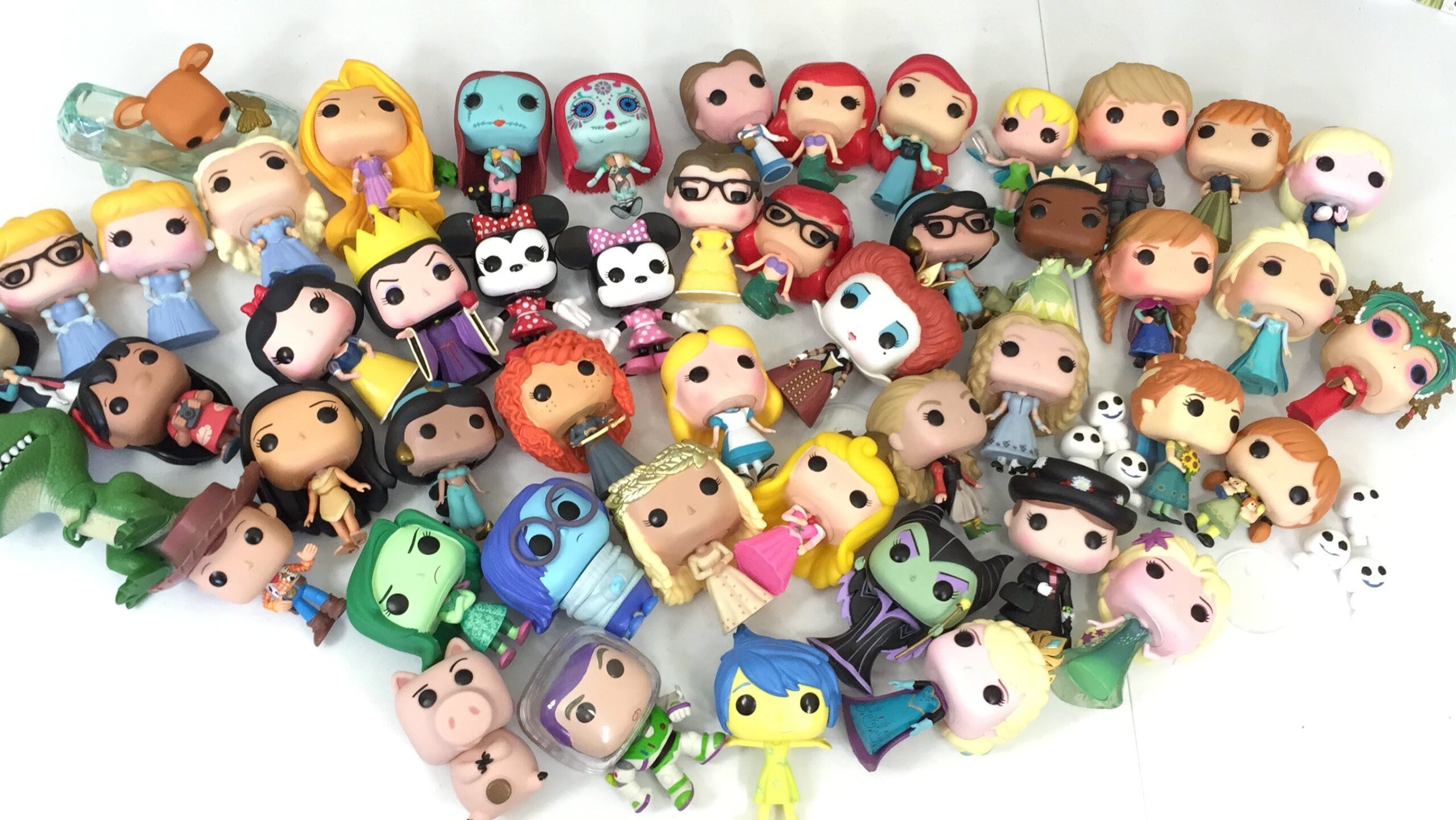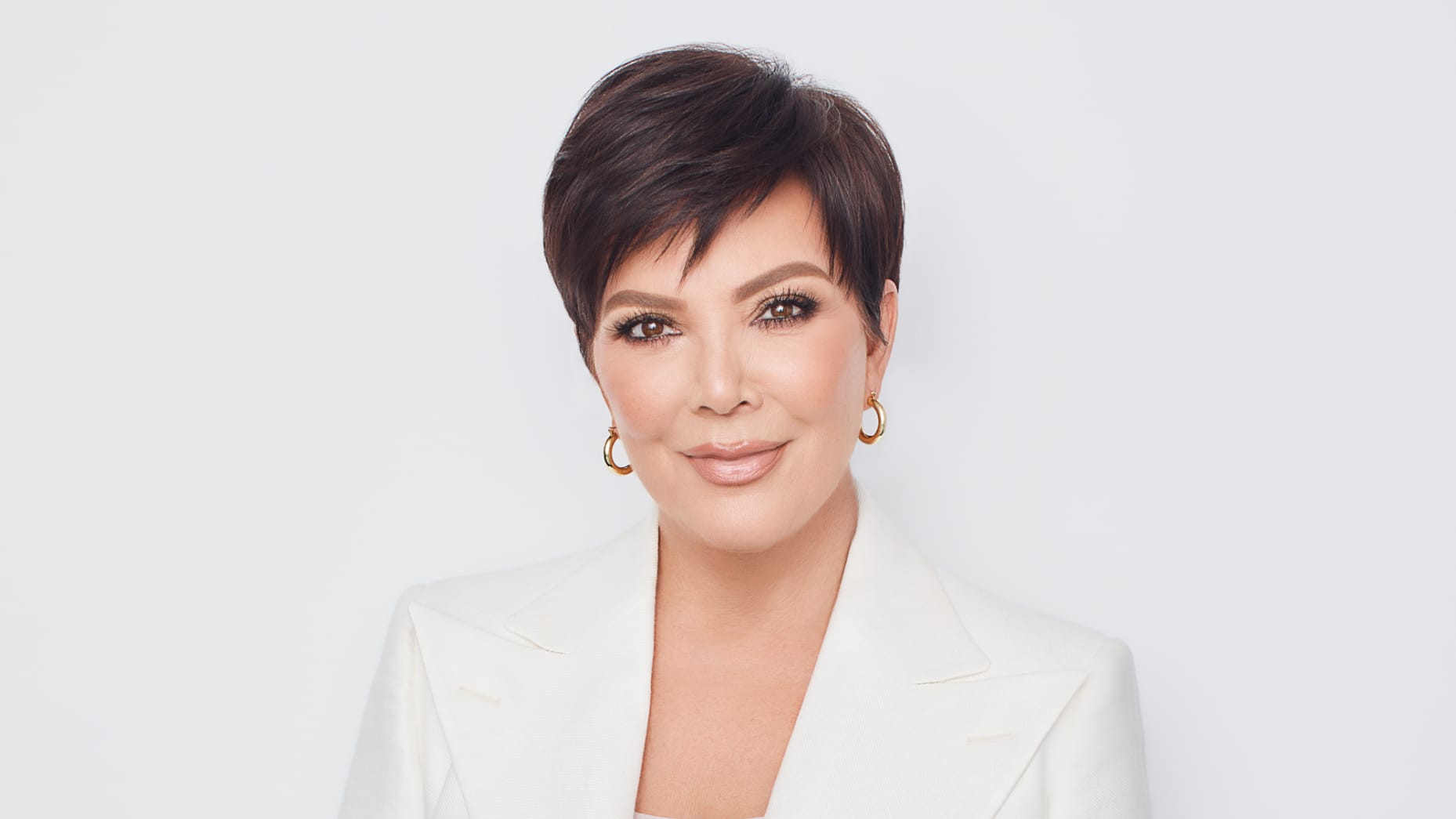How to Do a 2024 Financial Reset

Feb 05 | 2024

TikTok 2024 Financial Reset
via TikTok users @itserinconfortini and @lillianzhang_
I hate to admit it, but it’s getting embarrassing. It = my financial state.
I’m still young, even according to Leonardo DiCaprio standards, and I’ve been using that as an excuse to prioritize fun and keep putting off saving. However, with the cost of living crisis, rising inflation rates, and my minor shopping addiction, I’m starting to get more than a little stressed out when I look at my bank account.
Don’t get me wrong, I’m not in major credit debt — though many Americans are, and we should eradicate the stigma and shame around debt — but I also don’t have much saved in the bank. I pay my rent, I splurge on fun, and when it comes to planning a vacation I can tuck away some cash, but after that vacation passes, I’m always pretty skint.
My only comfort has been that most people I know are in the same boat. As of November, 62% of adults said they are living paycheck to paycheck, according to a recent LendingClub report. Even people making over six figures report that their spending habits often surpass their saving habits. But is there any other way?
One of my New Year’s Resolutions was to save up an emergency fund. All the TikTok financial gurus tell me that it’s imperative to have a cushion in case anything goes awry. Usually, this cushion should be about 3-6 months of liquid cash saved in a high-yield savings account. And since I believe everything I hear on TikTok, I have made it my mission to reach this milestone.
And, diligently like the Capricorn-cusp I am, I made a list, checked it twice, and broke down how much I would need to save per paycheck to reach this goal. Then, I automated the payments to be taken out of my bank account automatically so I could set and forget it. Surprisingly … it felt good. I began to wonder, what else could I do to level up my finances. Would they also imbue me with the satisfaction of planning for my future like an actual adult?
Naturally, I turned back to TikTok. As everyone is in the New Year’s spirit, I found myself inundated with the idea of a financial reset. I love a reset video — from the pantry cleanouts to Sunday clean-ups — so I was intrigued.
Basically, a financial reset helps you get a big-picture view of where your finances are. It’s a chance to look at where you are, rip off the bandaid, and be honest about how much money you have, how much you made, and how much you spent. Then, it encourages you to get organized.
In the spirit of getting my life together like an adult, I’m partaking in this trend to relearn the basics and put into practice all the techniques I always thought I’d use someday. Someday is today. And this is how I’m doing it.
Review and reflect:
Ever get a jumpscare notification telling you your account is overdrawn? Manifesting no more of those in our futures. The first step to avoiding negative surprises is understanding and tracking where your money goes. If you feel like it literally just disappears from your bank account, try a tracking app that categorizes your spending. You can also use a manual budget template to really hammer home each and every purchase. Look at all your accounts. Then reflect on your spending. Does it match with your goals? Does it align with your values? How many purchases did you forget or regret? These will help you with the next step.
Set clear goals
This might be counterintuitive, but your goal doesn’t always have to be some vague “spend less” and “cook more at home.” Look at your lifestyle, then think about your dream lifestyle. Meet yourself in the middle. How can you use money to level up your life now — from going to the spa to eating healthier? What sacrifices can you make to funnel your money into things you don’t care about? Personally, I value eating out at restaurants, but I’m willing to give up a cocktail with dinner to save a couple of dollars while I’m there. Align your goals to your life so you won’t feel like you’re cheating on them. Now it’s time to set yourself up for success in reaching your goals.
Get organized
When you went through your bank statements, how long did it take? How many bank accounts, credit cards, and apps do you have? I have more than my fair share and they used to be a mess. So a key step for me is organizing all my income and spending into one place. I use apps to link my financial institutions so I can see where my money is going. You can also consolidate bank accounts into one that does it all. You want to make it easy for yourself — don’t let inconvenient banking stand in the way of your goals.
Bill calendar
Make a bill calendar. This can be as simple as writing “payday” and “bill” on your phone calendar, or as complex as scheduling all your payment dates, investment transfers, and paychecks. Whatever works for you, as long as you can see it. Then, make sure all your bills are automated so your credit score doesn’t get dinged for a missed payment. You can even use this time to negotiate some of your bills — we could all probably be paying less for the internet that always freezes on Zoom calls.
Reallocate extra money
Now that you’re resolved to spend more in alignment, where is the extra money going? The cash you would’ve spent on fast fashion or subpar food delivery is suddenly free to go anywhere. You can spend it on something you value more, or you can tuck it away. When you’re paying off debt, for example, every penny helps. The same is true for investing and saving. Mine is going into an Emergency Fund. Yours could go towards your dream house or a future Sofia Richie-inspired wedding (even if you don’t have a partner yet). Dealer’s choice. It’s your life, and it’s your money. There are no wrong options.
Keep it up
Now you have an organized system, keep checking it. Not all the time, you don’t want to be the person opening up their banking app at the club, but enough to feel confident about your progress.










